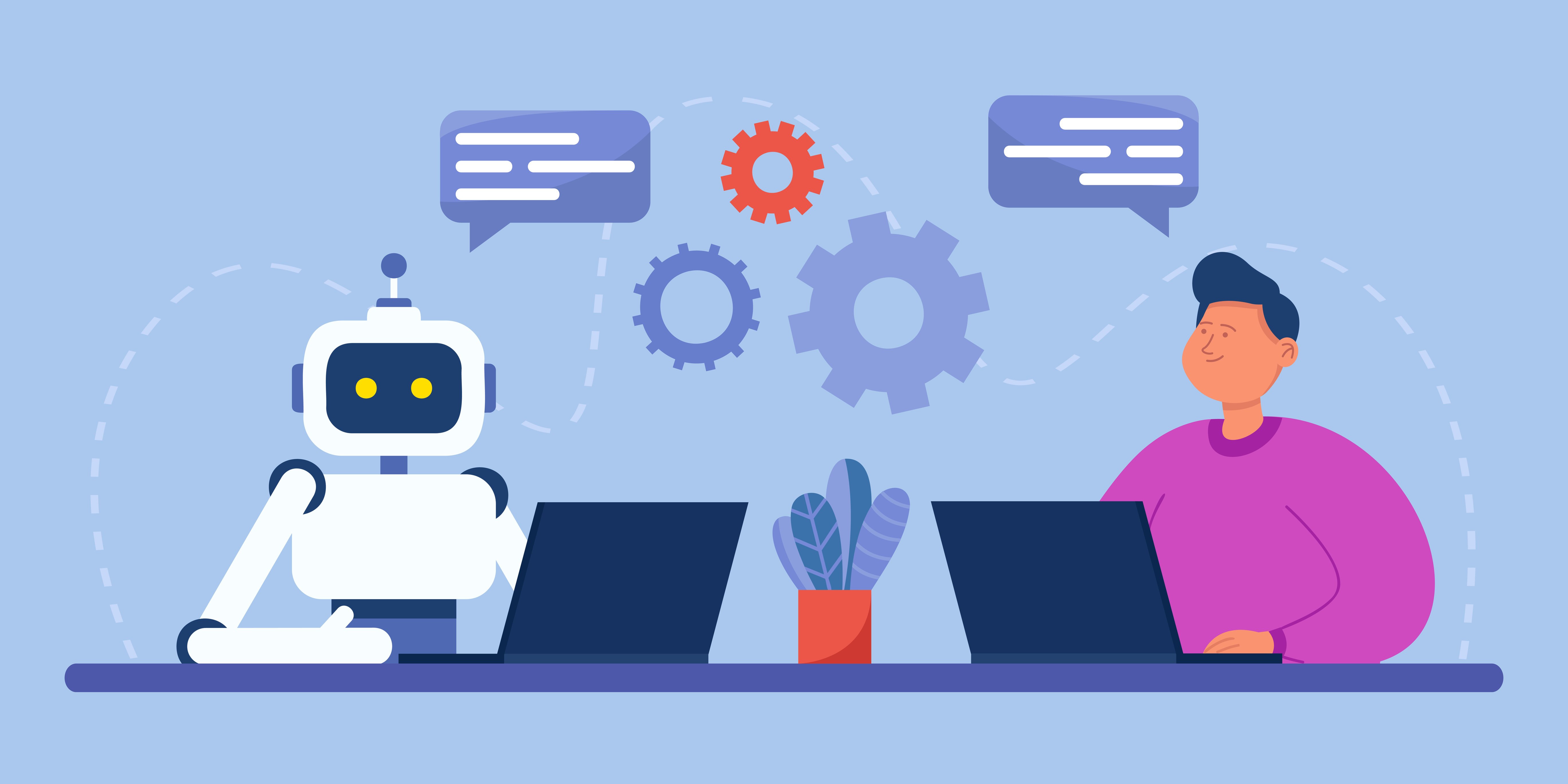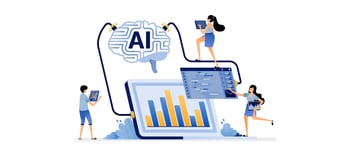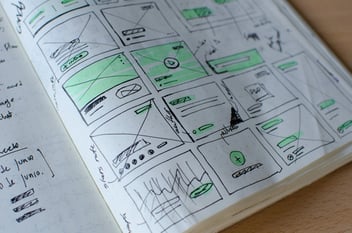Over the past few years, artificial intelligence (AI) has permeated various industries, revolutionizing how we work, think, and innovate. One area where AI has shown immense potential is in User Experience (UX) design. By integrating AI-driven tools into the design process, designers are experiencing a paradigm shift in how they approach their work. This article explores the benefits of AI-driven UX design, focusing on streamlined workflows, increased efficiency, and enhanced productivity.
Streamlined Workflows
One of the significant advantages of incorporating AI-driven tools in UX design is the ability to streamline workflows. These tools can automate repetitive tasks, freeing designers to concentrate on more strategic aspects of their work.
Content Organization: Simplify and Save Time
AI-driven tools can automatically analyze and categorize content based on relevance, popularity, and user preferences. This saves designers the time and effort of manually sifting through large amounts of content to create an organized structure. By streamlining the content organization, AI-driven UX design tools enable designers to create more intuitive and user-friendly interfaces easily.
Moreover, AI-driven tools can analyze user behavior and identify patterns that can inform the content organization. This ensures that the most relevant and engaging content is presented to the user in a way that enhances their overall experience.
- Automatic content categorization
- Intuitive interface creation
- Time and effort saved
- User behavior analysis for content prioritization
Layout Generation: Get the Perfect Design
Creating an aesthetically pleasing and functional layout is crucial for effective UX design. AI-driven tools can now analyze user behavior and preferences to generate layouts catering to specific audiences. By automating the layout generation process, these tools significantly reduce the time designers spend on trial and error, allowing them to focus on refining the overall design experience.
Furthermore, AI-driven tools can consider accessibility and responsive design elements when generating layouts. This ensures that designs are optimized for various devices and users with differing abilities, providing a seamless experience for all users.
- User behavior analysis
- Tailored layout generation
- Reduced trial and error
- Accessibility and responsiveness considerations
"AI-driven tools empower designers to focus on the creative aspects of their work while streamlining the design process."
User Segmentation: Personalize the Experience
Understanding user preferences and behavior is essential for crafting tailored user experiences. AI-driven UX design tools can automatically segment users based on various criteria, such as demographics, interests, and browsing habits. This enables designers to create personalized experiences for different user segments, enhancing the overall user experience.
In addition, AI-driven tools can leverage machine learning algorithms to learn and adapt to user preferences continuously. This dynamic user segmentation enables designers to deliver more relevant and engaging experiences as users' preferences change or new trends emerge.
- Demographic-based segmentation
- Interest-based segmentation
- Browsing habits segmentation
- Dynamic user segmentation through machine learning
Increased Efficiency and Productivity
By automating time-consuming tasks, AI-driven UX design tools significantly increase efficiency and productivity in the design process. Designers can now focus on more strategic aspects of their work, such as crafting compelling narratives, developing innovative design concepts, and refining user experiences.
Faster Design Iterations: Innovate and Improve
AI-driven tools can rapidly prototype and test different design variations, providing designers with valuable feedback in a fraction of the time it would take through traditional methods. This accelerated design iteration process allows designers to experiment with different ideas, ultimately leading to more innovative and effective design solutions.
Moreover, AI-driven tools can provide insights into user preferences and pain points by analyzing user interactions and feedback. This data-driven approach allows designers to make informed decisions when iterating on their designs, ensuring that each iteration addresses user needs more effectively.
- Rapid prototyping
- Quick feedback
- More room for experimentation
- Data-driven design iterations
Enhanced Collaboration: Work Together Better
AI-driven UX design tools can also improve collaboration between designers and other stakeholders. These tools facilitate data-driven decision-making by providing real-time insights and analytics, ensuring all team members work towards a common goal. This collaborative approach fosters a more efficient design process and leads to better overall results.
Additionally, AI-driven tools can integrate with other software platforms, such as project management and communication tools, to streamline the design process. This seamless integration allows for better communication and collaboration among team members, leading to a more cohesive final product.
- Real-time insights
- Data-driven decision-making
- Improved teamwork
- Seamless integration with other tools
"Seamless collaboration between designers and stakeholders is essential for creating engaging and effective user experiences."
Reduced Costs: Save Money and Reinvest
By automating tasks and increasing productivity, AI-driven UX design tools can help reduce costs associated with the design process. Companies can save money by hiring additional staff or outsourcing tasks, as AI-driven tools can complete many tasks more quickly and accurately than humans. This cost reduction can be reinvested in other business areas, such as research and development or marketing efforts.
Furthermore, AI-driven tools can help businesses optimize their design process, reducing the need for costly redesigns or extensive user testing. This optimization leads to more efficient use of resources, ultimately improving the company's bottom line.
- Lower staffing and outsourcing costs
- Faster task completion
- Reinvestment in other business areas
- Reduced redesign and testing expenses
Conclusion
Integrating AI-driven tools in UX design has led to many benefits, including streamlined workflows, increased efficiency, and enhanced productivity. By automating repetitive tasks, designers can focus on more strategic aspects of their work, ultimately leading to more innovative and practical design solutions.
- Streamlined workflows
- Increased efficiency
- Enhanced productivity
As AI-driven UX design tools evolve, we expect to see even more advancements in the field, further revolutionizing how designers work and their experiences. By adopting these cutting-edge tools, businesses can stay ahead of the curve and deliver exceptional user experiences that set them apart.





